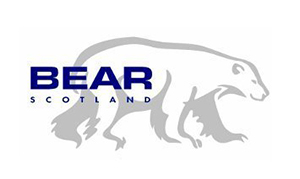Climate and Climate Change
We strive to understand variability and change in climate systems through:
- climate modelling and processes
- regional weather, extreme events & impacts
- paleoenvironments
- response of the ocean-atmosphere system
Available Climate and Climate Change studentships can be found here

Climate modelling and processes
World-leading research with the UK Met Office has developed very-high-resolution convection-permitting Regional Climate Models (RCMs) to examine future change to heavy rainfall and flash flooding and other weather extremes, e.g. hail, lightning, windstorms. Further research has explored the implications of climate change for changes to short-duration rainfall extremes and broad scale climate variability over the Himalaya, including elevation-dependent warming. We pioneer modelling and observing research on ocean-Earth crust interactions to understand long-term climate variability.
Regional weather, extreme events and impacts
We link to the UK Sustainable Development Goals to do world-leading research on climate impacts, including improving forecasts of extreme flood and drought events, consequences and future projections of change in flood, storm and drought risks, and assessment of storm impacts on infrastructure systems Our research also informs flood-defence design and planning. We have investigated impacts and response to floods, developing novel, non-contact techniques to make flood flow measurements. We have internationally-leading capability for real-time surface water flood risk and impacts analysis for cities, delivering green infrastructure benefits through new business models. Our policy-relevant research on land use management effects on floods through Natural Flood Management has been used by the Defra Committee on “Future Flood Prevention”.
Palaeoenvironments
We have established world-leading research on Arctic, Antarctic, Monsoon and North Pacific climate change over a range of timescales. In Antarctica this is based on micropalaeontological, geophysical and climate modelling studies e.g., Quaternary millennial-scale palaeoceanography, lake-sediment records and monsoon variability, evolution of the monsoon system and the Japan Sea since the Miocene, reconstructing El Niño variability using lake sediments from northern Peru; testing the hypothesis of climate-driven human evolution; exploring links between Holocene climate change, anthropogenic impacts, and food production in the mid- and low-latitudes. Palaeoenvironmental work has also focused on proxy and biomarker development, and refining proxy-based interpretations by investigating microbial processes in modern and ancient marine settings, e.g. through anaerobic ammonium oxidation as an indicator of biogeochemical processes in the Arctic Ocean, peatlands and anti-microbial resistance in the rural environment.
Response of the ocean-atmosphere-ice system
We are evaluating the environmental controls on the atmosphere-ocean partitioning of CO2 and other greenhouse gases, and future, coastal and open ocean sources/sinks and their responses to future change in drivers such as deoxygenation and enhanced nutrient delivery. We have a longtrack-record in reducing uncertainty in estimates of sea-level change contributions from the East Antarctic ice sheet and Antarctic, the Amundsen sea sector, Arctic glaciers and global estimates of sea-level change. We have developed novel technologies for measuring present-day sea level and for measuring Antarctic glaciers








